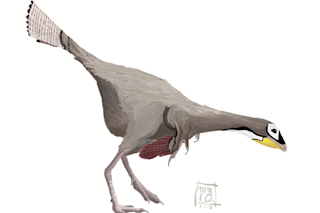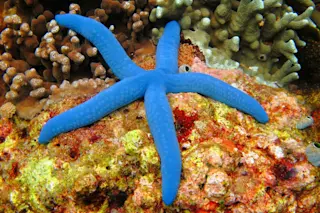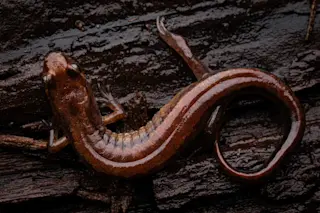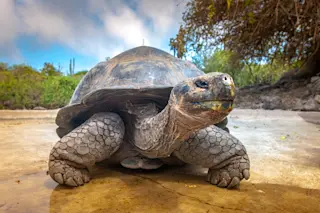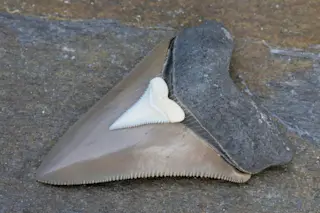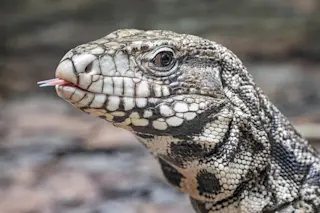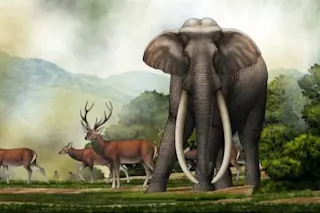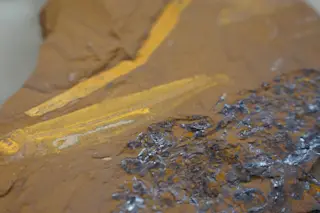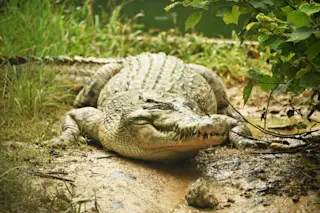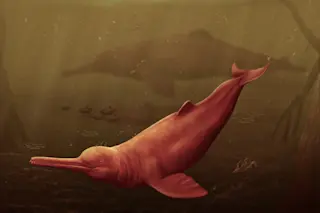Modern-day birds like the northern mockingbird and the greater roadrunner use their feathers to forage for food. When the birds flash their wings, it scares their prey into revealing their hiding spots, and once they move, the bird snatches up the snack.
A team of researchers suspect that smaller dinosaurs similarly used their feathers to hunt for prey in a new study published in Scientific Reports.
For decades, scientists have speculated what the feathers found on the forearms (proto-wings) of some dinosaurs were used for since they were too small for flight. The wings were likely used to scare prey before they evolved for flight. With a flash of their feathers, small predatory dinosaurs would scare prey enough to flee and swoop in for the kill.
Dinosaur fossils with feather-like structures were first identified in the 1990s. The specimen called Caudipteryx zoui was first described in 1998 and was one ...


